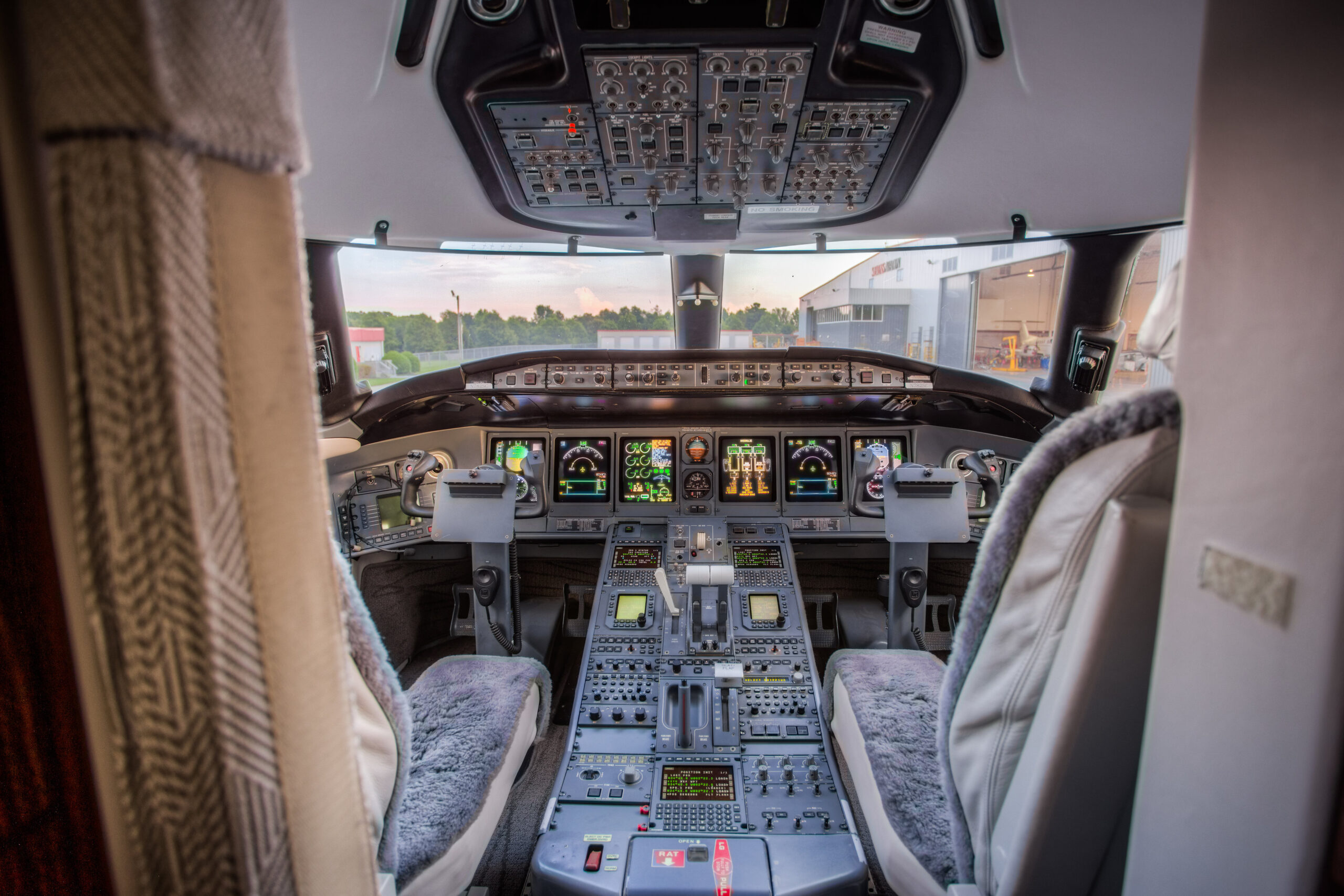Connected Aircraft Market size is projected to grow substantially during the forecast time frame owing to the increasing number of air passengers and a high demand for in-flight high-speed Internet connectivity by the passengers. Connected aircraft systems provide in-flight entertainment to air passengers with the provision of high-quality audio, video, games, flight details, music, movies, radio, and news. They also assist in providing flight safety instructions in regional languages. Passengers can directly get connected to broadcast satellite and have access to international news and GPS maps; this is expected to drive the global the connected aircraft market.
The U.S. is anticipated to dominate the connected aircraft market owing to the growth in the demand from passengers for in-flight internet access owing to technological advancements and high usage of advanced technology. Asia Pacific is anticipated to witness the largest growth rate during the forecast time span owing to rising urbanization and increase in the disposable income, high travel rate of passengers, and rising popularity of personal electronic devices amongst the population. Additionally, a substantial number of industry players are investing huge funds in business airlines in this region. The rise in the adoption of hardware for aircraft connectivity augments the connected aircraft market growth.
Inconsistency and slack in the data package delivery can majorly affect the quality and reliability of streaming, thus hampering the connected aircraft market demand. Furthermore, replacement of traditional data connection and data optimization with the modern systems is hampering the connected aircraft market growth as it incurs huge investments.
Technological innovations in satellite communication have created new avenues for connected aircraft market. For instance, the increase in bandwidth has led to a surge in internet connectivity speed. Connected aircraft systems enable the transmission of real-time data from ground-based operating systems, which assist in providing critical information regarding management, display, and management of multiple systems operating in the avionics systems of the aircraft in case of an emergency. The shift from seat-centric entertainment systems to portable entertainment devices, which are lightweight and are technologically-friendly acts as a major opportunity for the connected aircraft market.
Rising prevalence of satellite-based connectivity and broadband services allows aircraft operators and airlines to collect data regarding the health monitoring of the new generation IFC aircraft and fuel consumption, thus improving the flight efficiency. The use of big data and real-time analytics for predictive maintenance also is a major trend for the connected aircraft market progress. Furthermore, the launch of new HTS satellite connectivity is expected to alter the face of the airline industry as it shifts from passenger-centric connectivity solutions to operation-driven IFC solutions.
The players operating in the connected aircraft market include Honeywell International, Inc., Panasonic Corporation, SITA OnAir, Thales SA, Kontron AG, Inmarsat plc, Gogo, Inc., Global Eagle Entertainment, Inc., Cobham plc, IBM, Google, Spafax, Apple, and Microsoft. Vendors have adopted business strategies, such as partnerships, mergers, acquisitions, and new product development to get a large hold on the connected aircraft market. For instance, in March 2015, Gogo, Inc. announced a partnership with Spafax. The partnership was initiated to assist in the development and management of Gogo Vision, a wireless in-flight entertainment service.
